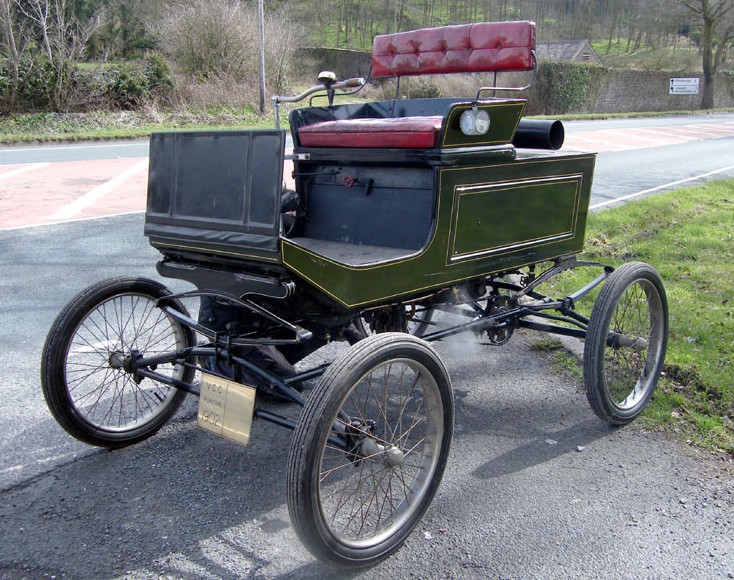Bonham’s November 12th, 2011 auction at the Petersen Automotive Museum in Los Angeles sold a few interesting cars that we’ll talk about here. One that did not sell was the 1906 Holsman Model G-10 High-Wheel Runabout we featured here a few weeks ago.
On the upper-end of things was a 1955 Cadillac Fleetwood 75 Limousine that was once owned by Elvis Presley. It’s Elvis-association brought in $172,000 – which is a lot, but then again, this is a lot of Cadillac. This result would appear to show that, in this case, Elvis’ name is worth approximately $100,000.
On the interesting side was this 1981 Phillips Berlina T-Top:

Neo-classics were all the rage in the late 1970s and early 1980s. There were quite a number of companies sprouting up in the U.S. that sol old-style cars on modern running gear. Every one of them looks like something Cruella de Vil would drive. This particular car from the Phillips Motor Car Company is built upon a C3 Corvette chassis and uses the donor car’s L82 V8. Chances are you could find numersou Excaliburs or Zimmers for sale at any one time, but this Florida-built Phillips is much rarer. It sold for $10,350.
The next car was featured in the the Steven Spielberg and Tom Cruise movie Minority Report. It’s a 2004 Lexus that is fairly memorable from it’s role in the film (if you happened to see it). The car was featured prominently in the movie ads and at least one Lexus campaign if I recall correctly.

It doesn’t have much in the way of an interior – just a driver’s seat, a steering wheel, and some video screens. In the movie it was run on fuel cells (as that was the world-saving technology being touted as “the future” in 2004). Whether it runs or not in real life is another story. This car would work best as a pretty sculpture that sits in the middle of your collection. It brought $101,790.
Going back more than a hundred years we find this wonderful 1902 Autocar Type VIII Rear-Entrance Tonneau:

This car is a driver and is eligible for the London-to-Brighton Run. It’s attractive rear-entrance tonneau bodywork is a kind of marvel. Like three-door coupes today with their hidden rear-doors, this was an early attempt to build a somewhat sporty-looking two-seater with extra hidden seating and space behind the driver. Autocar traces its roots back to 1897 but they built their last “car” in 1911. They are still in business today, making large “vocational” trucks – thus making them, off the top of my head, America’s oldest vehicle manufacturer that’s still operating today. This car sold for $64,350.
Finally, we come to this 1951 Studebaker Land Cruiser Sedan.

It’s not remarkable – Studebaker made a good number of these – but it’s fresh (2007) restoration really looks good. It has a 120 horsepower V-8 and Studebaker’s stand-out “Bullet Nose” design. There’s just something about this car that struck me as intriguing. Do you agree or am I crazy?
For complete results, click here. Individual car pages are linked above.






